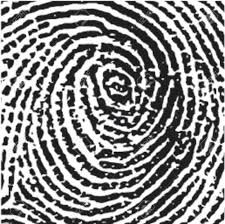Our Courses
Class aptent taciti sociosqu ad litora torquent per conubia nostra, per inceptos himenaeos. Sed molestie, velit ut eleifend sollicitudin, neque orci tempor nulla, id sagittis nisi ante nec arcu.
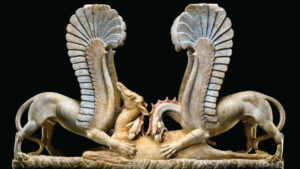
Why Study Cultural Crime? A Question and Answer Session Introducing ARCA’s Postgraduate Training Programmes
Art will always attract criminals, not because they love it, but because there is a market for it. This 1.5 hour , eCourse will illustrate why combatting art and antiquities crime requires specialised training.
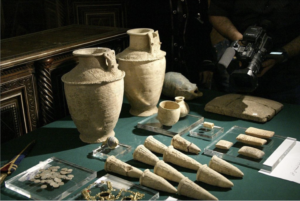
Looting and Illicit Trafficking of Antiquities in the Middle East and North Africa: Understanding the Minds and Motives of Looters, Traffickers and Dealers and Other Supply Chain Actors – v3
This three-session, 4.5-hour, low participant-to-instructor ratio, eCourse will provide an introduction to the devastating effects of the looting and trafficking of antiquities in the Middle East and North Africa. The course’s sessions will provide examples of conflict and post-conflict incidences with illustrative examples from multiple countries, from Afghanistan in the East to Libya in the West.
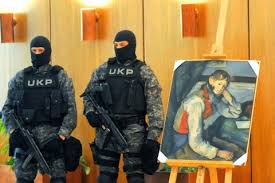
In sunlight or in shadow: The Modern Plague of Art and Antiquities Thefts – 3rd Edition
Contrary to popular belief art crime does not only affect a small privileged section of society. In actuality, the phenomenon is rooted in the history of mankind and has great impact on nations as well as individuals.
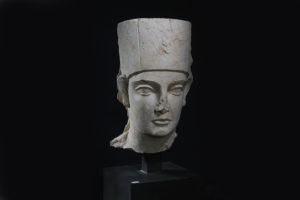
نهب الآثار والاتجار غير المشروع بها في منطقة الشرق الأوسط وشمال أفريقيا: التعرف على عقلية ودوافع اللصوص و المهربين المتَّجرين والتجار وباقي الفاعلين في سلسلة توريد الآثار 2
تتألف هذه الدورة عبر الإنترنت من 3 جلسات مدتها الإجمالية 4.5 ساعة، وتتميز بعدد المشاركين المحدود الذين سيتعرفون من خلالها على مقدمة حول مشاكل نهب الآثار والاتجار غير المشروع فيها في منطقة الشرق الأوسط وشمال أفريقيا، كما ستركز على مناطق النزاع وما بعد النزاع مع أمثلة توضيحية من مجموعة متنوعة من الدول تمتد من أفغانستان في الشرق وحتى ليبيا في الغرب
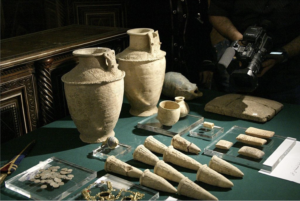
نهب الآثار والاتجار غير المشروع بها في منطقة الشرق الأوسط وشمال أفريقيا: التعرف على عقلية ودوافع اللصوص و المهربين المتَّجرين والتجار وباقي الفاعلين في سلسلة توريد الآثار
تتألف هذه الدورة عبر الإنترنت من 3 جلسات مدتها الإجمالية 4.5 ساعة، وتتميز بعدد المشاركين المحدود الذين سيتعرفون من خلالها على مقدمة حول مشاكل نهب الآثار والاتجار غير المشروع فيها في منطقة الشرق الأوسط وشمال أفريقيا، كما ستركز على مناطق النزاع وما بعد النزاع مع أمثلة توضيحية من مجموعة متنوعة من الدول تمتد من أفغانستان في الشرق وحتى ليبيا في الغرب

Fakes and Forgeries: Understanding the Minds, Methods and Motives of Master Forgers – 3rd Edition
This six-hour, low participant-to-instructor ratio eCourse will illustrate how fakes and forgeries fall into their own individual category in the study of art crime, as the methodology, deceit and dupery of criminal forgers differ considerably from that of other criminals involved in art theft and antiquities looting.

In sunlight or in shadow: The Modern Plague of Art and Antiquities Thefts – 2nd Edition
Contrary to popular belief art crime does not only affect a small privileged section of society. In actuality, the phenomenon is rooted in the history of mankind and has great impact on nations as well as individuals.

Repatriation – beyond litigation – 2nd Edition
Repatriation for most people conjures up images of litigious, ill-tempered confrontations played out in the media as much as the courtroom. In this six-hour, low participant-to-instructor ratio, eCourse participants will learn that not all repatriations have taken this path. Increasingly, mutually agreed repatriation arrangements have been used, and have led to positive outcomes in terms of cultural exchange and economic development.

Museums and heritage sites in the 21st Century: what is their role? 2nd Edition
Until the late 20th century museums and historical sites were seen as uncontroversial places preserving “culture” for the benefit of all. This six hour, low participant-to-instructor ratio, eCourse will illustrate how during the 21st century this cosy image has been increasingly challenged and then, in the summer of 2020, it came crashing down as the full force of the Black Lives Matter movement put heritage centre stage in what is often referred to as the “culture wars”.

Criminals without Borders: Treating artefacts as commodities
Art will always attract criminals, not because they love it, but because there is a market for it. This 3-hour, 2 session, low participant-to-instructor ratio, eCourse will illustrate how stolen artefacts enter a complex network in which looters, middle-men buyers, distributors, auction-houses, and collectors, each varying in their motivations and opportunities, engage and or support the illicit art trade.
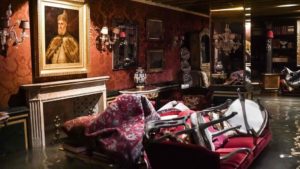
The Fine Art of Fine Art Insurance
Insurance is integral to the financial stability of museums, art galleries, corporate and personal collections. This 4-hour, 2-session, low participant-to-instructor ratio, eCourse will introduce basic insurance concepts that will educate anyone involved in collection management of museum collections, galleries, corporate and private collections. We will learn about insurance requirements such as appraisals and other valuation methods.
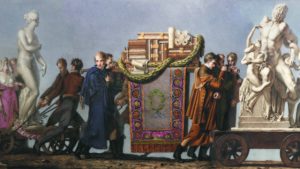
L’imperatore dei ladri: Napoleone e il saccheggio del Patrimonio Artistico italiano
Questo breve corso di due ore illustrerà il saccheggio subito dal Bel Paese
durante il dominio napoleonico. Le distruzioni e i “ravvedimenti” durante la
Rivoluzione francese, le vittorie del grande generale e i trattati (ampiamente
violati) come quello di Tolentino: sarà questo il quadro storico che
accompagnerà le mostruose perdite subite dagli Stati Italiani durante le varie
fasi dell’epopea di Napoleone.

The emperor of thieves: Napoleon and the pillage of the Italian artistic heritage
In this two hour introductory lecture we will dive into the sacking suffered by Italy during the Napoleonic rule and how the return of treasures after the commander’s defeat set a model for museums today.

Fakes and Forgeries: Understanding the Minds, Methods and Motives of Master Forgers – 2nd Edition
This six-hour, low participant-to-instructor ratio eCourse will illustrate how fakes and forgeries fall into their own individual category in the study of art crime, as the methodology, deceit and dupery of criminal forgers differ considerably from that of other criminals involved in art theft and antiquities looting.
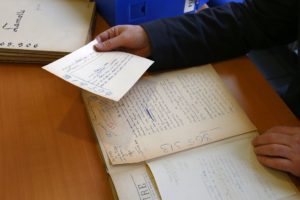
Provenance research in a (post?)-pandemic world
This two-session, 4.5-hour low participant-to-instructor ratio eCourse centres on provenance research, which has emerged on the global stage in the late 1990s as a key discipline for clarifying the history of art objects claimed by the families of Nazi victims.
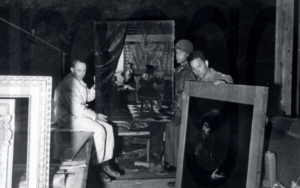
Nazi cultural thefts in Europe, 1933-1945
This five-hour, two session, low participant-to-instructor ratio course will provide an overview of the breadth of Nazi-sponsored thefts of Jewish-owned cultural assets from January 1933 to May 1945.

Art, crime and criminology: how to analyse cultural heritage crime empirically
This six-hour, low participant-to-instructor ratio, eCourse will introduce participants to the subject of criminology in general, as a discipline charged with the task of empirically analysing actions society defines as crimes. Over five sessions, participants will explore the interconnected issues and human-driven elements of crime and deviant behaviour, and how they relate to art crime offenders.
